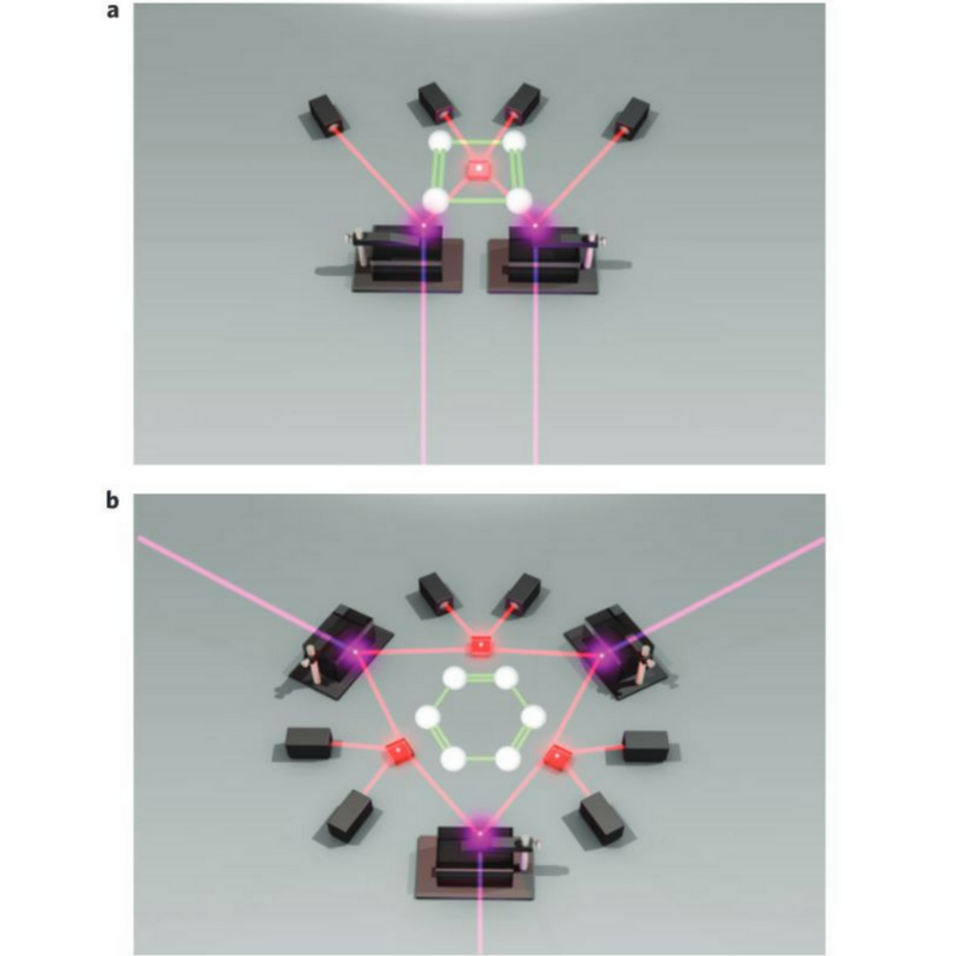Alan Aspuru-Guzik (Harvard University) and Philip Walther (University of Vienna) review the recent progress in the field of photonic quantum simulation: their Insight Article will be published in “Nature Physics” this week.
Quantum simulators are controllable quantum systems that mimic quantum systems which are, if at all, difficult to study directly. They will enable researchers to tackle problems that are intractable using conventional computers. The main reason why quantum simulation has become one of the most active areas in quantum science is due to the vast technological developments which pave the way for realistic quantum simulation experiments. The low threshold for useful simulations of other quantum systems, as pointed out by the famous physicist Richard Feynman, makes quantum simulation one of the first potential applications of quantum computers. In fact, only a few dozen qubits are required to outperform a conventional computation. Alan Aspuru-Guzik (Harvard University) and Philip Walther (University of Vienna) review the recent progress in the field of photonic quantum simulation: their Insight Article will be published in “Nature Physics” this week.
Photonic quantum simulation experiments
This is a realistic goal for current experimental research and a particular focus of the research of Philip Walther’s group at the University of Vienna. Current photonic quantum technology has reached a stage where the simulation of interesting problems in quantum chemistry, quantum biology and solid-state physics becomes feasible. Last year a research team around Philip Walther used the precise quantum control of four entangled photons to simulate complex quantum phenomena in solid-state systems. The work which was published in Nature Physics underlined that quantum simulations are a very good tool for calculating quantum states of matter and are thus opening the possibility for researchers to investigate more complex systems.

